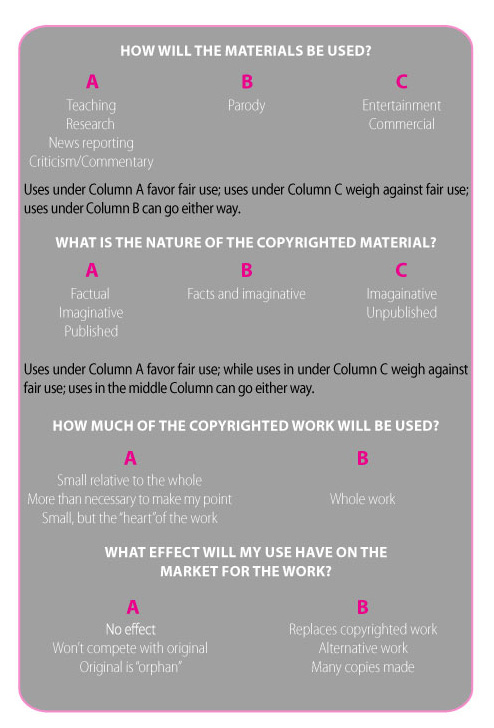GA FILM, VIDEO & DIGITAL ENTERTAINMENT SOURCEBOOK
GA FILM, VIDEO & DIGITAL ENTERTAINMENT SOURCEBOOK
CREATIVE INDEX
CREATIVE INDEX
VA PRODUCTION SERVICES DIRECTORY/Mid-Atlantic Directory
VA PRODUCTION SERVICES DIRECTORY/Mid-Atlantic Directory
NC ONLINE FILM & VIDEO SOURCEBOOK
NC ONLINE FILM & VIDEO SOURCEBOOK
CHARLOTTE REGIONAL FILM & VIDEO GUIDE
CHARLOTTE REGIONAL FILM & VIDEO GUIDE
LOUISIANA ENTERTAINMENT SOURCEBOOK
LOUISIANA ENTERTAINMENT SOURCEBOOK
MEMPHIS & SHELBY COUNTY FILM & TV COMMISSION PRODUCTION DIRECTORY
MEMPHIS & SHELBY COUNTY FILM & TV COMMISSION PRODUCTION DIRECTORY
WASHINGTON DC PRODUCTION RESOURCE GUIDE/Mid-Atlantic Directory
WASHINGTON DC PRODUCTION RESOURCE GUIDE/Mid-Atlantic Directory
SOUTH CAROLINA FILM & VIDEO GUIDE
SOUTH CAROLINA FILM & VIDEO GUIDE
MARYLAND ONLINE FILM & VIDEO DIRECTORY/Mid-Atlantic Directory
MARYLAND ONLINE FILM & VIDEO DIRECTORY/Mid-Atlantic Directory
FILM MICHIGAN PRODUCTION GUIDE
FILM MICHIGAN PRODUCTION GUIDE
GA FILM, VIDEO & DIGITAL ENTERTAINMENT SOURCEBOOK
GA FILM, VIDEO & DIGITAL ENTERTAINMENT SOURCEBOOK
CREATIVE INDEX
CREATIVE INDEX
MID-ATLANTIC PRODUCTION SERVICES DIRECTORY
MID-ATLANTIC PRODUCTION SERVICES DIRECTORY
VA PRODUCTION SERVICES DIRECTORY
VA PRODUCTION SERVICES DIRECTORY
NC ONLINE FILM & VIDEO SOURCEBOOK
NC ONLINE FILM & VIDEO SOURCEBOOK
CHARLOTTE REGIONAL FILM & VIDEO GUIDE
CHARLOTTE REGIONAL FILM & VIDEO GUIDE
MEMPHIS & SHELBY COUNTY FILM & TV COMMISSION PRODUCTION DIRECTORY
MEMPHIS & SHELBY COUNTY FILM & TV COMMISSION PRODUCTION DIRECTORY
LOUISIANA ENTERTAINMENT SOURCEBOOK
LOUISIANA ENTERTAINMENT SOURCEBOOK
WASHINGTON DC PRODUCTION RESOURCE GUIDE
WASHINGTON DC PRODUCTION RESOURCE GUIDE
MARYLAND ONLINE FILM & VIDEO DIRECTORY
MARYLAND ONLINE FILM & VIDEO DIRECTORY
SOUTH CAROLINA FILM & VIDEO GUIDE
SOUTH CAROLINA FILM & VIDEO GUIDE
FILM MICHIGAN PRODUCTION GUIDE
FILM MICHIGAN PRODUCTION GUIDE
CURRENT ISSUE
CURRENT ISSUE
ARCHIVES
ARCHIVES
SUBSCRIBE
SUBSCRIBE
MISSION STATEMENT
MISSION STATEMENT
CONTACT
CONTACT
AWARDS
AWARDS
PEOPLE
PEOPLE


